I would like to make a current source from a reference voltage chip (REF102). OPA277 is used as a buffer to pin the voltage at pin 4 to the bottom of the current setting resistor R. Hypothetically, if the reference voltage chip outputs a voltage at 2% error, and I use a 1% tolerance resistor to set the current, what would be the typical error of the current going to the load?
I know for uncorrelated error sources, we can use RSS (Root Sum of Squared) Tolerance method to calculate the total statistical error, but in this application the voltage and current are correlated. How does one go about calculating typ error in this case?
